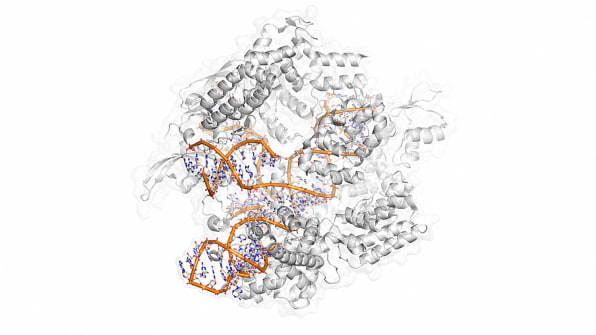Unraveling The Controversy Over The CRISPR Mutations Study
A new research paper is stirring up controversy among scientists interested in using DNA editing to treat disease.
In a two-page article published in the journal Nature Methods on May 30, a group of six scientists report an alarming number of so-called “off-target mutations” in mice that underwent an experimental gene repair therapy.
CRISPR, the hot new gene-editing technique that’s taken biology by storm, is no stranger to headlines. What is unusual, however, is a scientific article so clearly describing a potentially fatal shortcoming of this promising technology.
The research community is digesting this news—with many experts suggesting flaws with the experiment, not the revolutionary technique.
Unwanted DNA Changes
The research team sought to repair a genetic mutation known to cause a form of blindness in mice. This could be accomplished, they showed, by changing just one DNA letter in the mouse genome.
They were able to successfully correct the targeted mutation in each of the two mice they treated. But they also observed an alarming number of additional DNA changes—more than 1,600 per mouse—in areas of the genome they did not intend to modify.
The authors attribute these unintended mutations to the experimental CRISPR-based gene-editing therapy they used.

A central promise of CRISPR-based gene editing is its ability to pinpoint particular genes. But if this technology produces dangerous side effects by creating unexpected and unwanted mutations across the genome, that could hamper or even derail many of its applications. Several previous research articles have reported off-target effects of CRISPR, but far fewer than this group found.
Reaction Is Skeptical
The publicly traded biotech companies seeking to commercialize CRISPR-based gene therapies—Editas Medicine, Intellia Therapeutics, and Crispr Therapeutics—all took immediate stock market hits based on the news.
Experts in the field quickly responded.
Either the enzyme is acting at near optimal efficiency or something fishy is going on here. My bet is fish.
— Matthew Taliaferro (@JMTali) May 31, 2017
“Either the enzyme is acting at near optimal efficiency or something fishy is going on here,” tweeted Matthew Taliaferro, a postdoctoral fellow at MIT who studies gene expression and genetic disease.
The Cas9 enzyme in the CRISPR system is what actually cuts DNA, leading to genetic changes. Unusually high levels of enzyme activity could account for the observed off-target mutations—more cutting equals more chances for the cell to mutate its DNA. Different labs use slightly different methods to try to ensure the right amount of cuts happen only where intended.
Unusual methods were used: Microinjected pX335 @Addgene plasmid expressing sgRNAs and Cas9D10A cassettes, along with more Cas9 prot & ssDNA
— Lluis Montoliu (@LluisMontoliu) May 31, 2017
Gaétan Burgio, whose laboratory at the Australian National University is working to understand the role that cellular context plays on CRISPR efficiency, believes the paper’s central claim that CRISPR caused such an alarming number of off-target mutations is “not substantiated.”
Their hypothesis on #CRISPR causes lots of off targets not substantiated. In short this is a terrible paper
— Gaetan Burgio (@GaetanBurgio) May 30, 2017
Burgio says there could be a range of reasons for seeing so many unexpected changes in the mice, including problems with accurately detecting DNA variation, the extremely small number of mice used, random events happening after Cas9 acted, or, he concedes, problems with CRISPR itself.
Burgio has been editing the DNA of mice using CRISPR since 2014 and has never seen a comparable level of off-target mutation. He says he’s confident that additional research will refute these recent findings.
Continuing CRISPR Work
Although the news of this two-mouse experiment fired up the science-focused parts of the Twittersphere, the issue it raises is not new to the field.
Researchers have known for a few years now that off-target mutations are likely given certain CRISPR protocols. More precise variants of the Cas9 enzyme have been shown to improve targeting in human tissue in the lab.
Researchers have also focused on developing methods to more efficiently locate off-target mutations in the animals they study.
As scientists continue to hone the gene-editing technique, we recognize there’s still a way to go before CRISPR will be ready for safe and effective gene therapy in humans.
Ian Haydon is a doctoral student in Biochemistry at the University of Washington. This story originally appeared at The Conversation.
The concerns over CRISPR raised by a new study aren’t new, and some say they suggest flaws with the experiment, not the revolutionary technique.
A new research paper is stirring up controversy among scientists interested in using DNA editing to treat disease.
Fast Company , Read Full Story
(72)














